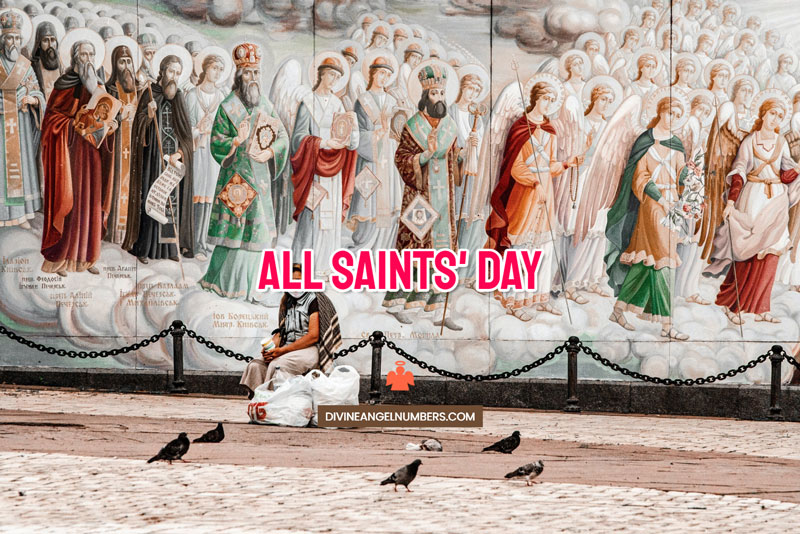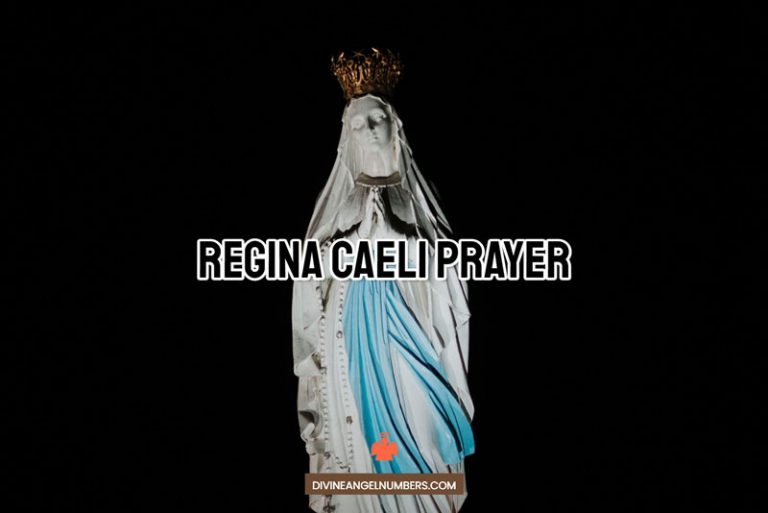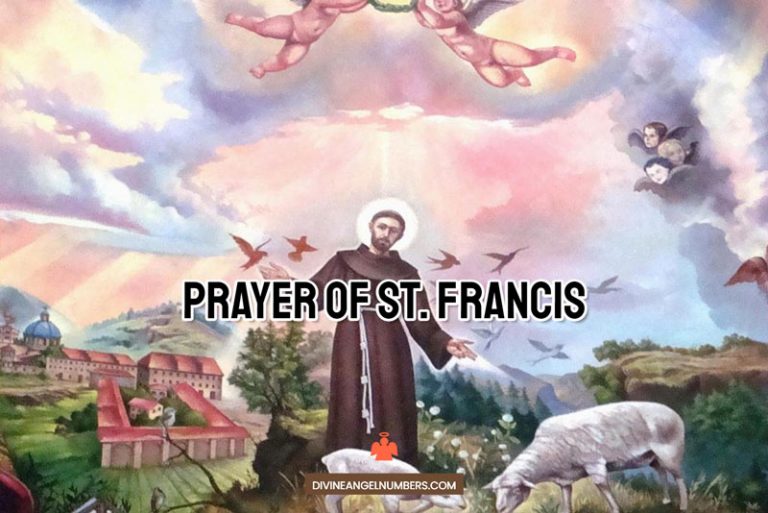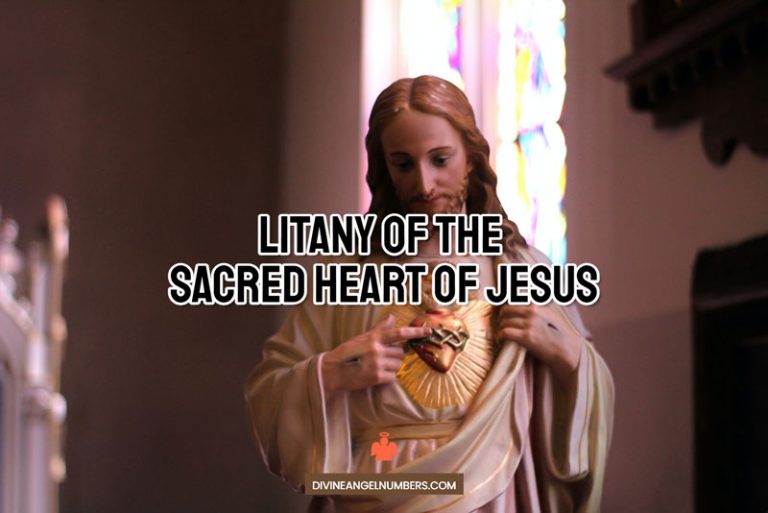All Saints’ Day also known as Hallowmas, the Solemnity of All Saints, All Hallows’ Day, the Feast of All Saints, and the Feast of All Hallows is a Christian feast day that is celebrated in honor of all of the saints of the church, whether known or unknown.
This solemnity celebrates saints (people who are believed to have reached heaven after dying) because of the belief that our world is spiritually connected to heaven.
In Western Christianity, the Roman Catholic Church along with the Lutheran, Anglican, and Methodist Churches celebrate All Saints Day on November 1st.
On the other hand, the Eastern Orthodox churches such as Eastern Catholic and Eastern Lutheran churches celebrate solemnity on the first Sunday after Pentecost. And the Church of the East, the Syro-Malabar Church, and the Chaldean Catholic Church celebrate Hallowmas on the first Friday after Easter Sunday.
All Saints Day is a public holiday in several Catholic Countries, such as Austria, Benin, Cape Verde, Columbia, Portugal, Vatican, Spain, Slovenia, Senegal, and Guadeloupe.
According to Biblical historians, the concept of All Saints’ Day was birthed from a Greek Christian festival in the early fourth century, which was dedicated to honoring the Christian martyrs who perished at the hand of the Roman Empire.
Origin of All Saints’ Day
During the Roman Empire, Christians were heavily persecuted for their faith. Many martyrs even died in order to protect their faith. Since the 4th century, a feast day to commemorate all Christian martyrs existed in some form or another in different places.
On 13th May 609 A.D., Pope Boniface IV consecrated the Blessed Virgin Mary and all Christian martyrs at the Pantheon in Rome. He also ordered an annual commemoration known as the feast of dedication Sanctae Mariae ad Martyrs in Rome.
Some believe that Pope Gregor III dedicated an oratory on 1st November at the Old St. Peter’s Basilica. The oratory was dedicated to the relics of the holy apostles and of all saints, martyrs, and confessors. There is evidence from 800 A.D. that suggests that churches in England, Germany, and Ireland were holding a feast commemorating All Saints Day on 1st November.
In 835 A.D. November 1st was declared All Saints Day throughout the Frankish Empire by a degree from Emperor Louise the pious, which was issued at the instance of Pope Gregory IV with the assent of all the Bishops.
According to the decree, All Saints was made a day of obligation (a day on which devout Christians are expected to attend mass, participate in rest, and no work).

All Saints’ Day and Halloween
Halloween or All Hallows’ Eve is a celebration observed in many countries on the eve of All Saints Day. Halloween is celebrated on October 31st and it is dedicated to remembering the dead, which includes saints, martyrs, and the dearly departed.
Many believe that Halloween traditions are influenced by Celtic harvest festivals. And others believe Halloween is a Christian holiday or a vigil for All Saints Day.
In Old English, the word ‘hallows’ means either holy or sacred. Therefore, the term ‘Halloween,’ refers to the evening of Holy persons, which according to Western Christianity refers to the evening before All Saints Day. And just like Halloween, All Saints’ Day is also a mixture between Celtic religious ideas and Christian martyrology.
Read more: Holy Week
Difference between All Saints’ Day and All Souls’ Day
In Western Christianity, All Saints’ Day and All Souls’ Day is a two-day celebrations of the Communion of Saints, Christian saints, and martyrs who are either with God in heaven or are on their way to heaven.
On 1st November, the Catholic Church celebrates the Solemnity of All Saints which commemorates Christians who have achieved spiritual maturity. This day venerates all holy men and women who have been canonized by the Church.
The following day, on 2nd November, All Souls’ Day or Commemoration of All the Faithful Departed is celebrated. On this day the Church remembers and prays for our faithful brothers and sisters who died marked with the sign of faith. On this day particularly, Catholics pray for all the souls in purgatory.
Colors and Symbols of All Saints’ Day
White is the liturgical color of All Saints’ Day. The symbols of All Saints’ Day in different cultures across the world are:
- A sheaf of wheat
- Rayed Manus Dei (hand of God)
- The crown
- Symbols of individual days
All Saints’ Day Celebrations around the world
1) Mexico: In Mexico, All Saints Day is known as Dia de Los Muertos (Day of the Dead). Dia de Los Muertos is celebrated as a two-day holiday that begins on 1st November. The first day is designated for the little angels and the second day honors the dead adults.
Mexicans observe All Saints’ Day with their families at their local cemetery. It is considered a joyous occasion and features effigies of skeletons, skulls, complicated wreaths, and seasonal flowers. People also paint their faces to look like skeletons and wear ornate costumes.
2) The Philippines: The Philippines is a majority Catholic country. Many Filipinos observe All Saints’ Day with their families at the gravesites of their departed loved ones. On the day before All Saints’ Day, people clean and repaint the graves of their loved ones. At the gravesites, people offer mass prayers while lighting candles and decorating the gravesite with fresh native flowers.
3) Spain: In Northern Spain, according to local traditions, chestnuts and fire are the main features of an All Saints’ Day celebration known as Castanada. According to tradition, this celebration is performed to commemorate the dead because the families believe that their loved ones return to the family homes during the feast.
4) Portugal: In Portugal, All Saints Day is known as Dia de Todos os Santos. It is considered a national holiday on which families remember their loved ones by visiting their graves at the cemetery. Portuguese children celebrate this day by participating in the Pao-por-Deus tradition, which includes going door-to-door and receiving pomegranates, cakes, candles, sweets, and nuts.
5) Germany: In Germany, All Saints Day is known as Allerheiligen and is a public holiday in many federal states, such as Baden-Wurttemberg, Rheinland-Pfalz, Bayern, and Saarland. In many federal states, All Saints Day is even considered a silent day, where public entertainment events are only permitted if they preserve the serious character of the day.
Read more: Glory Be to the Father



